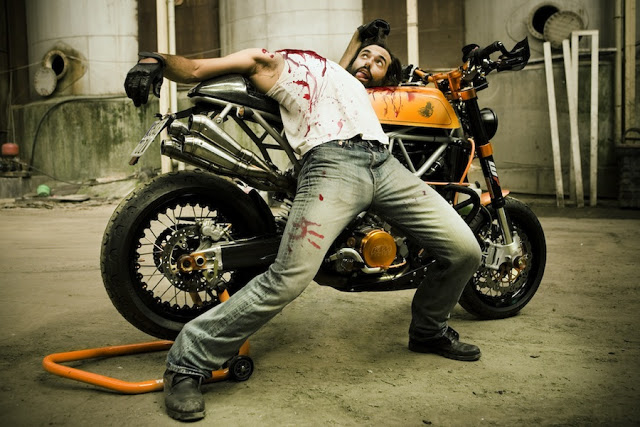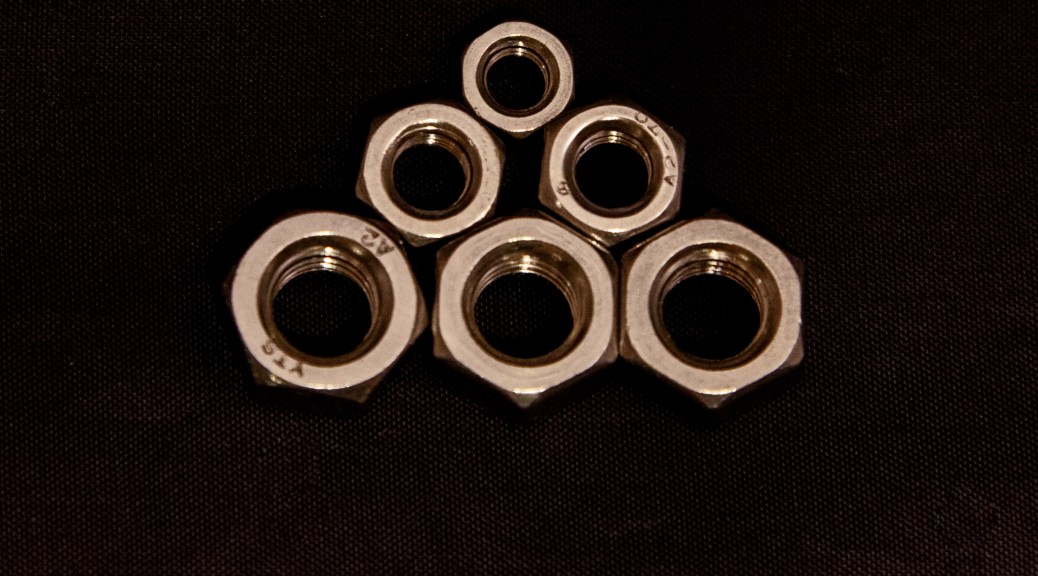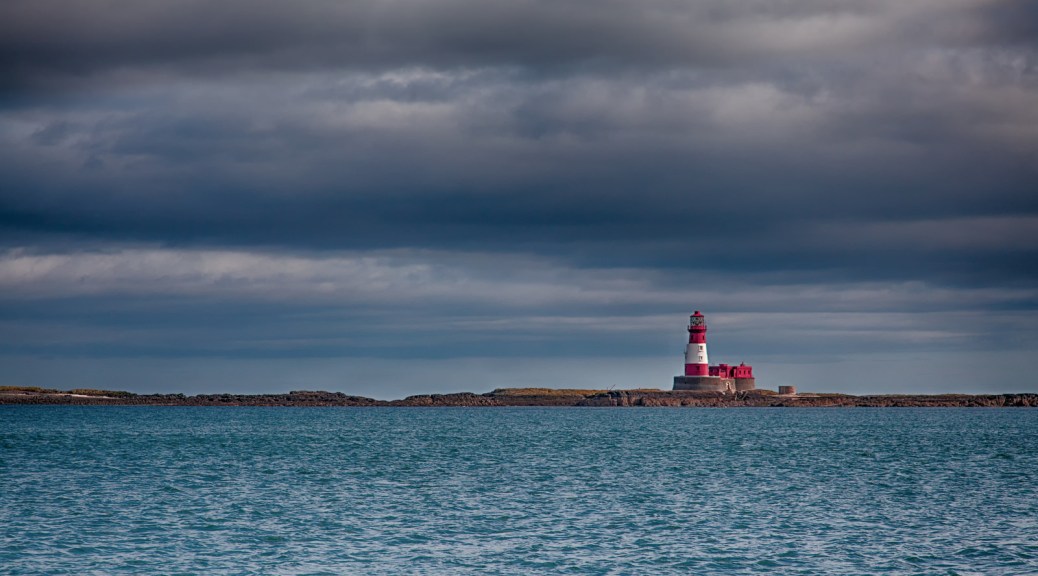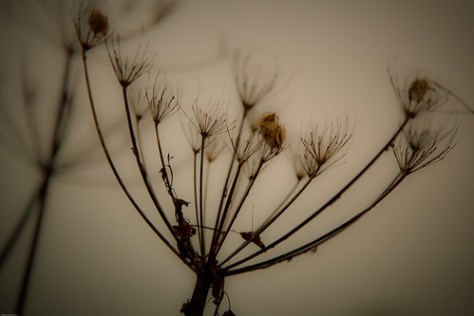In December 2012 I went to the Seduced by Art exhibition at the National Gallery. The exhibition explores early photography from the mid-19th century and the most exciting contemporary photographs, alongside historical painting. It takes a look at how photographers use fine art traditions, including Old Master painting, to explore and justify the possibilities of their art. The comparisons were quite strikingly accurate even considering modern styles and techniques.  I have two main interest in life photography and motorcycles and there are a lot of us out there , based on the number of blogs I find that are about this pairing. So today I found a blog showcasing a photographer combining not only photography and motorcycles but adding into the mix “Old Master” style paintings – have a look here and some more work of Madrid based photographer Kristina Fender.
I have two main interest in life photography and motorcycles and there are a lot of us out there , based on the number of blogs I find that are about this pairing. So today I found a blog showcasing a photographer combining not only photography and motorcycles but adding into the mix “Old Master” style paintings – have a look here and some more work of Madrid based photographer Kristina Fender.
Tag Archives: composition
Gestalt Law
I keep finding references to Gestalt elements in the design and composition of images.
Gestalt is a psychology term which means “unified whole”. It refers to theories of visual perception developed by German psychologists in the 1920s. These theories attempt to describe how people tend to organize visual elements into groups or unified wholes when certain principles are applied.
These principles are:
- Similarity – Similarity occurs when objects look similar to one another. People often perceive them as a group or pattern.
- Continuation – Continuation occurs when the eye is compelled to move through one object and continue to another object.
- Closure – Closure occurs when an object is incomplete or a space is not completely enclosed. If enough of the shape is indicated, people percieve the whole by filling in the missing infomation.
- Proximity – Proximity occurs when elements are placed close together. They tend to be perceived as a group.
- Figure and Ground – The eye differentiates an object form its surrounding area. a form, silhouette, or shape is naturrally perceived as figure (object), while the surrounding area is perceived as ground (background).Balancing figure and ground can make the perceived image more clear. Using unusual figure/ground relationships can add interest and sublety to an image.
Doing research for design for this section I found this presentation for website designers on Slideshare that has many items to consider as it is the same visual language to create any image;
Also these links give further outlines :
Juxtapoz Magazine
Cropping Guide
First post for 2013 and I have stumbled on this image from a series of info-graphics on DigitalCamera.com
http://www.digitalcameraworld.com/2012/03/30/free-portrait-photography-cropping-guide/
It clearly shows the optimum and acceptable crop limits for different portrait shots both landscape and portrait formats. I will try and experiment with this in the coming weeks and post the results here.
Attenborough Nature Reserve New Year’s Day 2011
New Year new blog.
This blog will be a record of my experimentation in photography and hopefully my record of work for a BA course in photography with the OCA.
I am combining this with my new Flickr account, to also showcase some of my work. In the past the images I have thought to be my best have become lost in the melee of the joint Flickr account which we set up years ago to share our holiday and general pictures with friends and family.
I took advantage of the sales to buy a new tool, a Canon EOS 5D MKII to ensure I have access to a full frame imaging tool again. This means that Jules now has full access to the EOS 400D which was the workhorse D-SLR, and so she has now set up her own Flickr account as well to showcase her talents.
New year , new blog, new start…






